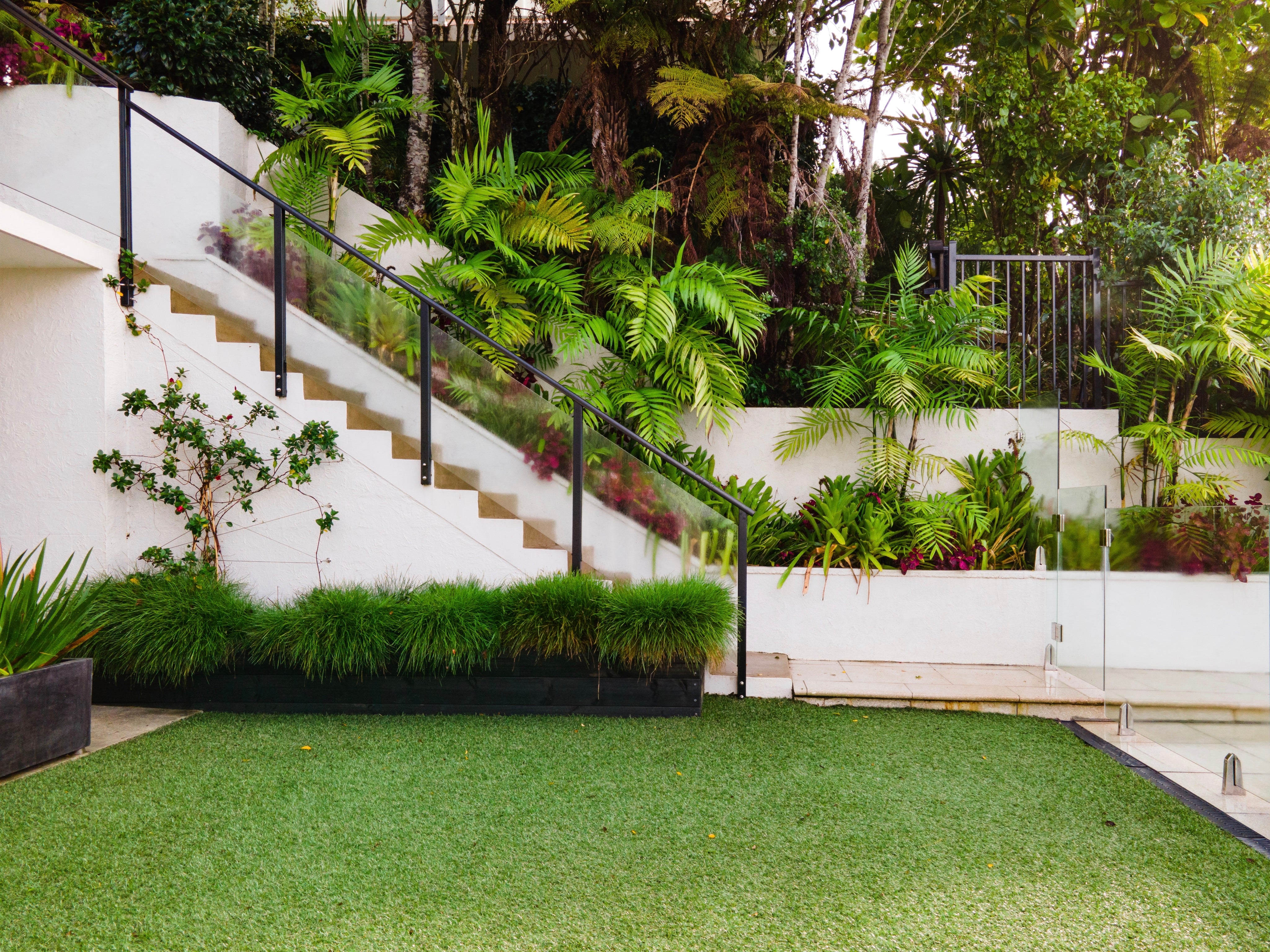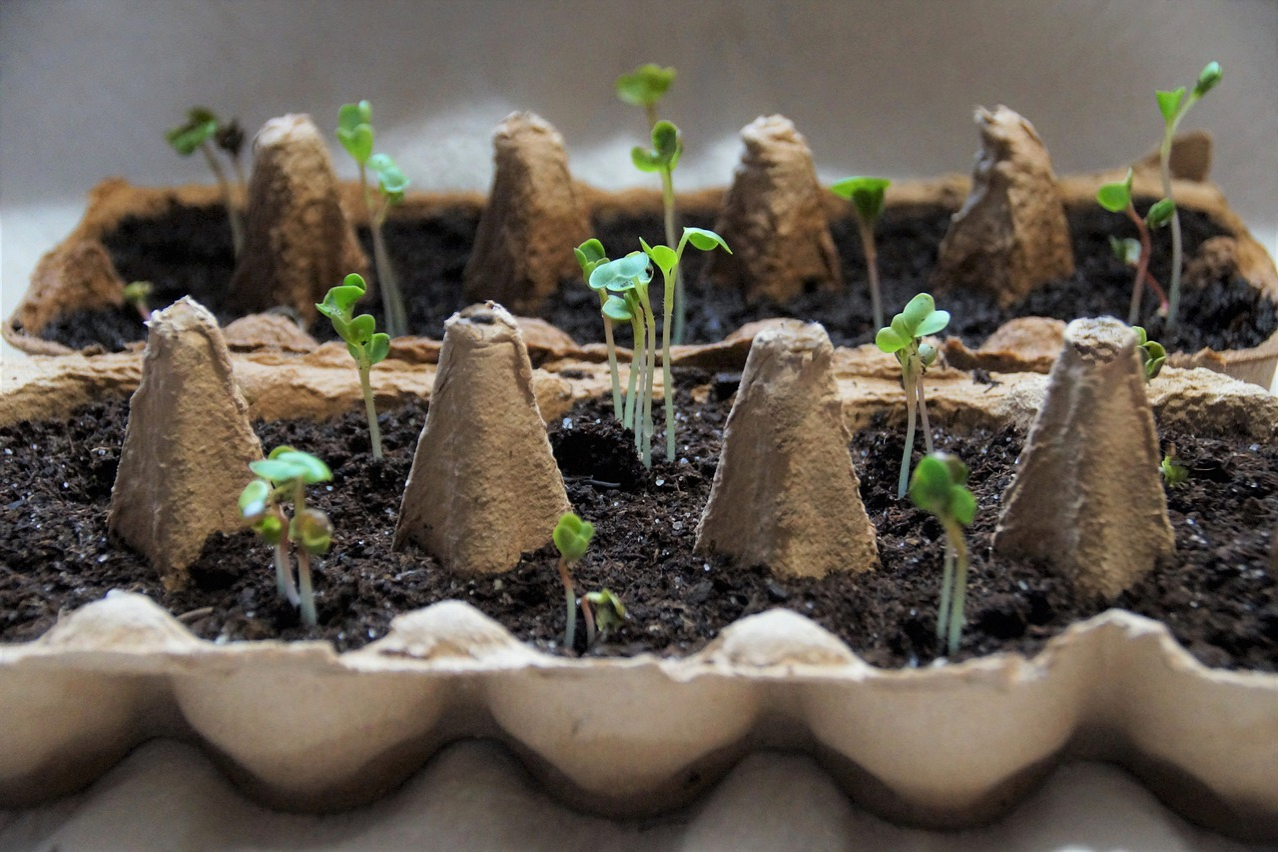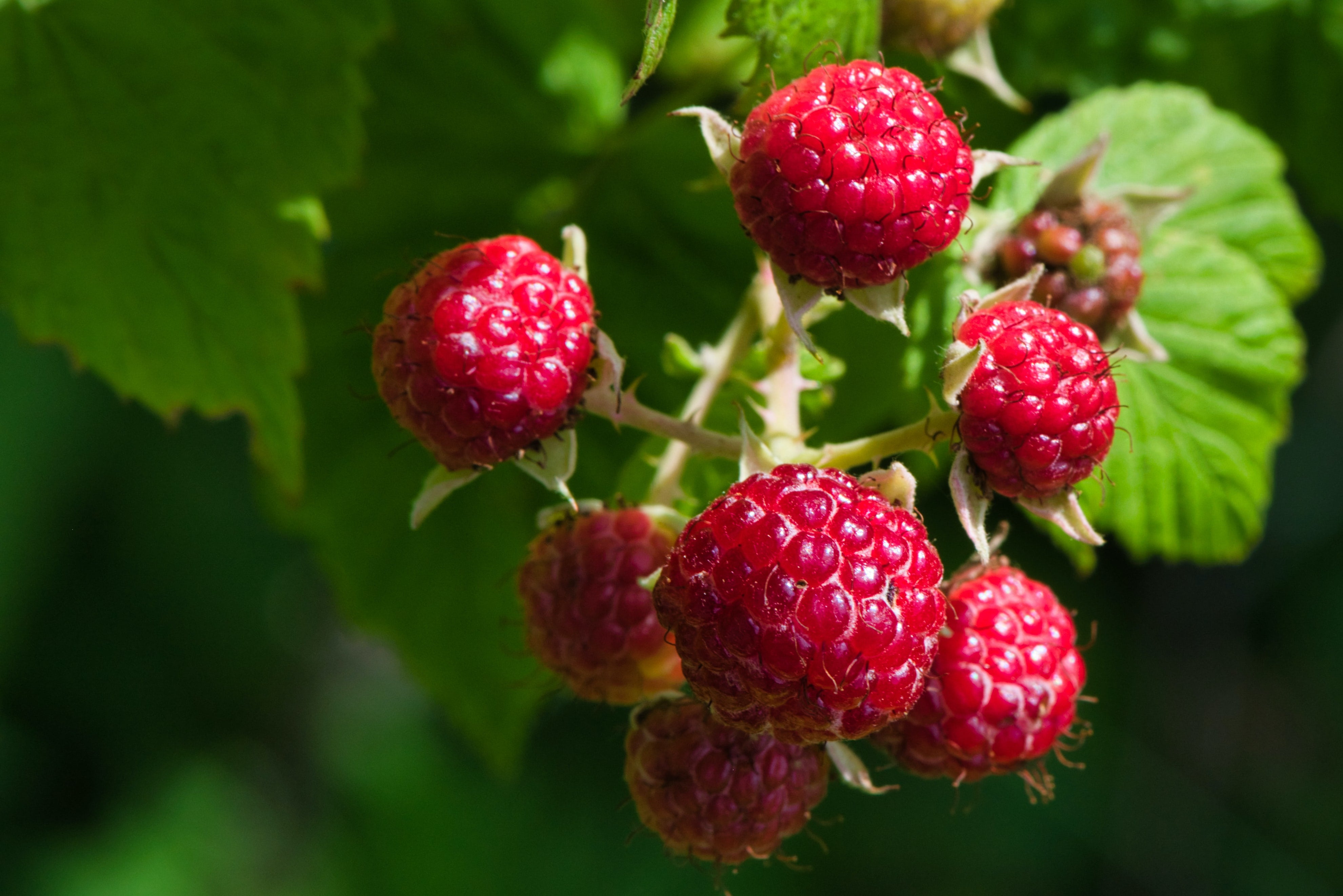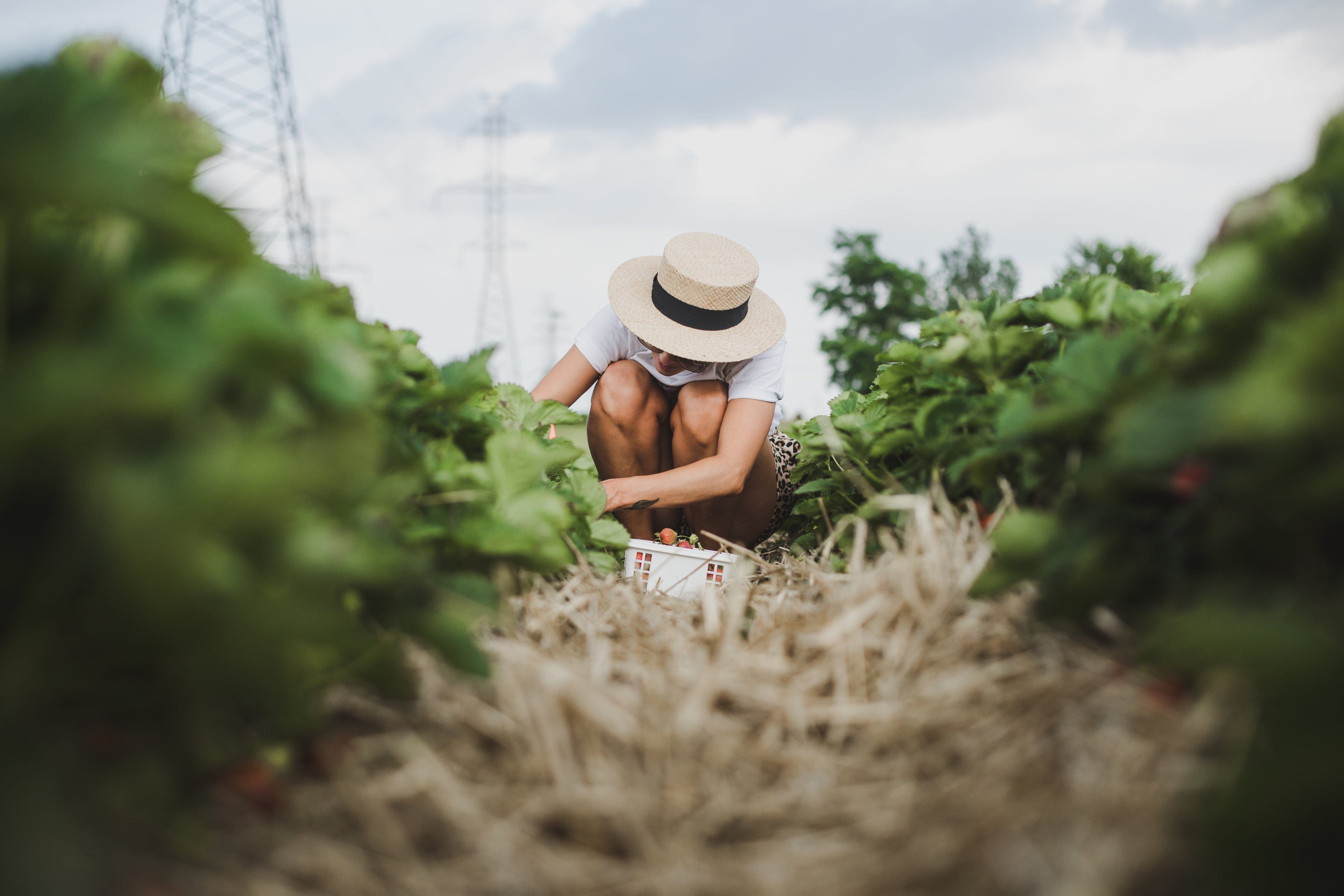
5 Steps To Start A Garden From Scratch
Gardening is a splendid hobby to indulge in when we have the time and the resources. While we all have dreamed of bringing our dream garden to life, the task gets tricky once you get started. Whether it's a garden for your front yard or a kitchen garden in your backyard, deciding which plants to choose, how to look after them, and providing them with optimum conditions for growth can be a challenge.
Learning to care for the plants and watching them bloom gives one a sense of fulfilment and peace.
The best way to tackle this is to start from scratch. You can sketch out a plan and divide the process into smaller, more manageable steps. Whether you are looking to plant lush, fragrant florals or hoping for some organic homegrown fruits and vegetables, starting your garden is the best decision you will make.
So let's get started! In this article, we will be telling you the simple steps you can follow to be the owner of a beautiful garden that will have you beaming with pride.
Starting A Garden
The process can be daunting for anyone who has tried to start a garden from scratch and failed. Starting from the beginning, we will be describing five simple points to help you create the garden of your dreams.
Consider What You Want To Plant
The first step is knowing what you want from your garden. Do you want to grow fruits and vegetables that contribute to your meals? Or do you want an aesthetically pleasing space with vibrant flowers blooming all around? Either way, the care and maintenance techniques are different for both, and having a clear idea of the direction you want to go into will serve as an essential first step. You can also combine the two, have salad options on one side of the garden, and delightful blossoms on the other.
This decision will also depend on your area's climate and what species will survive there. Florals do not pose much of a challenge as you can plant them in cute pots and keep them indoors where the surrounding environment is manageable. On the other hand, crops depend heavily on the sun, humidity, and soil. Since fruits and vegetables are unlikely to be grown indoors, always consider your local weather condition before deciding what to plant and when.
Choose Your Spot
Depending on what you intend to plant, your garden needs to be located in a spot that receives sufficient amounts of sunlight. Some flowers, such as the orchids, are susceptible to direct sunlight and hence may be scorched if grown in a south-facing garden that receives afternoon sunlight. On the other hand, peonies and chrysanthemums adore sunlight and, therefore, thrive in gardens that receive six to eight hours of sun. The trick is to provide light without it being direct enough to burn the delicate petals.
Similarly, to grow crops, you will need to determine what grows well in your region and then decide which fruits or vegetables you want to plant. Herbs and root vegetables grow well in partial shade, whereas other crops need at least five to six hours of sunlight every day. Your garden should also be out of reach of pets and little kids and easily accessible, so tending to it is not a hassle.
Test Your Soil
After deciding what you want to plant and choosing your preferred location, the next step is testing your soil. You can send soil samples to the local labs or use a DIY kit that you can use at home. Either way, you need to know the nutrient levels of your soil. Understanding the composition of your soil, its deficiencies, and excesses will help you cater to the needs of the plants more appropriately.
If your soil is acidic, you can consider adding magnolias, rhododendrons, hydrangeas, and daffodils to your flower beds. On the other hand, if your soil sample comes out to be alkaline, California Poppies, Lavender, and Lily of the Valley can be among your choices. Similarly, by getting a soil sample tested, you can find out which nutrients and salts are lacking in your garden and replace them by adding appropriate fertilizer.
Prepare Your Ground
The next step after soil testing is preparing your planting beds. The top layer is too hard most of the time and is not suitable to plant seeds in. Soil erosion or after new construction when the top layer is stripped away can lead to poor water and nutrient penetration and prevent the roots from growing. You can loosen the uppermost layer by tilling or digging by hand.
If soil testing revealed significant deficiencies in your soil, mechanical tilling might help mix the fertilizer with the soil thoroughly. Hand digging is a better choice if you do not want to damage the soil composition and prepare smaller beds.
Choose Your Pots
You can plant most florals and some herbs in plant pots. Whether the containers are made of metal, concrete, or plastic, the vibrant colours add a spectacular dimension to your gardens. However, when choosing containers for your plants, make sure to select the ones with drainage holes at the bottom. Pots without drainage holes can cause water retention and moisture around the roots. When the roots are submerged in water, they cannot absorb the nutrients and often succumb to root rot.
Conclusion
Starting your garden and planting the greenery of your choice is an incredible experience. The feeling is incomparable when you see the plants thriving and bearing fruit (literally and figuratively). Many people think starting and maintaining a garden can only be done by experts.
That is not true. With a little bit of effort, you can have a charming garden with plants of your choosing. Just follow the steps mentioned above and see the results!




1 comment
I would like to learn more about how to take care of plants
Tebatso
Leave a comment
This site is protected by hCaptcha and the hCaptcha Privacy Policy and Terms of Service apply.